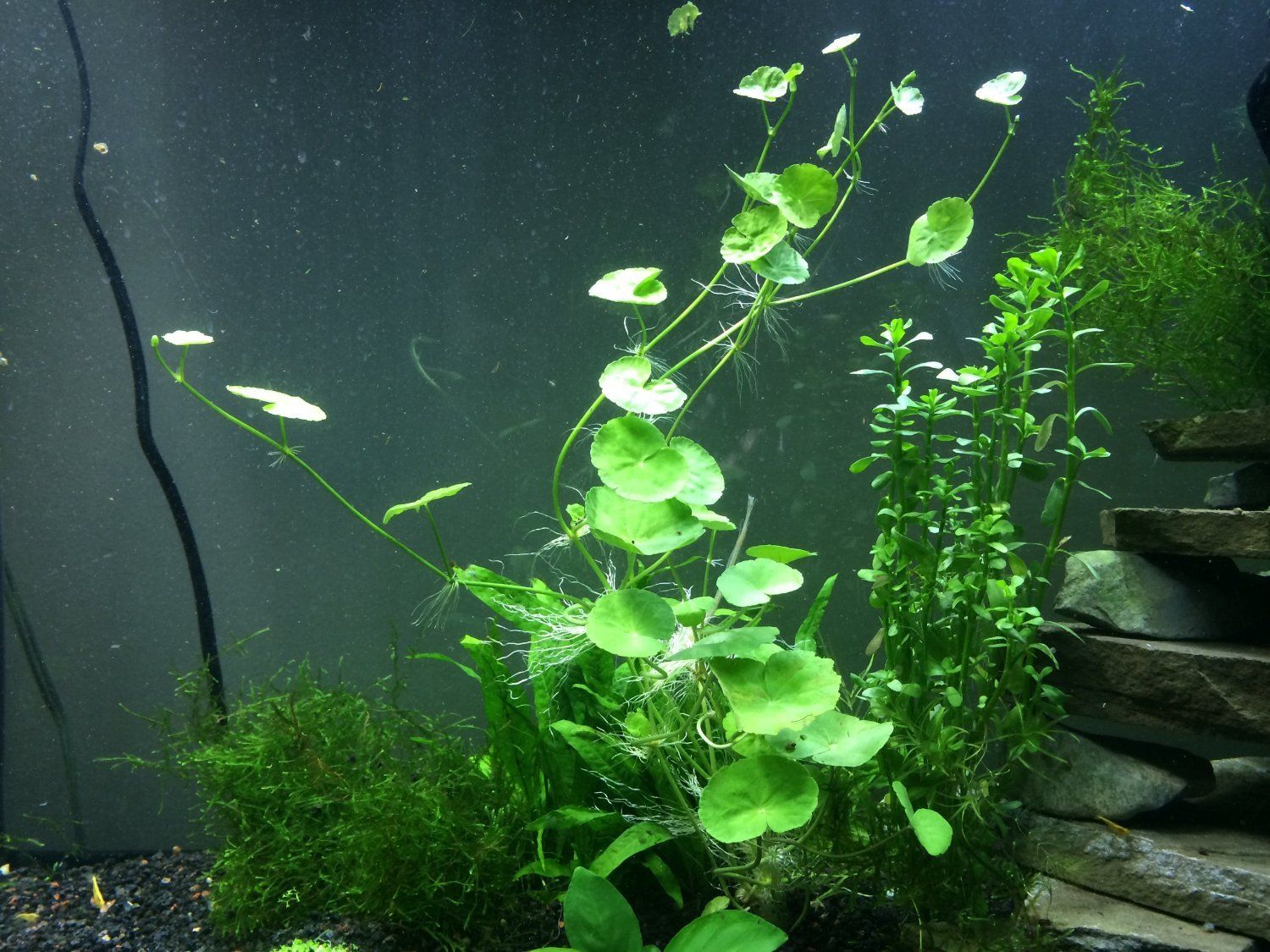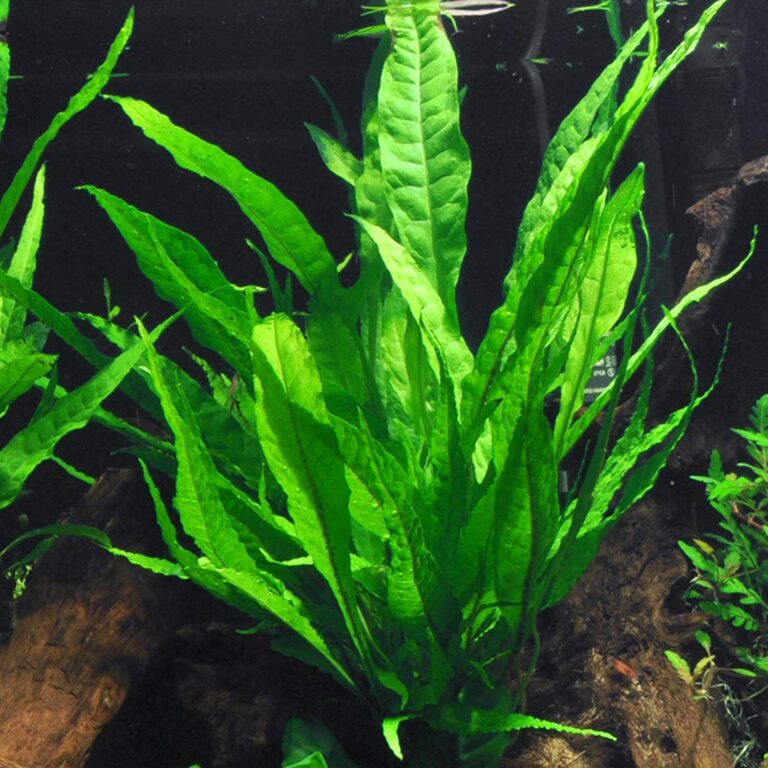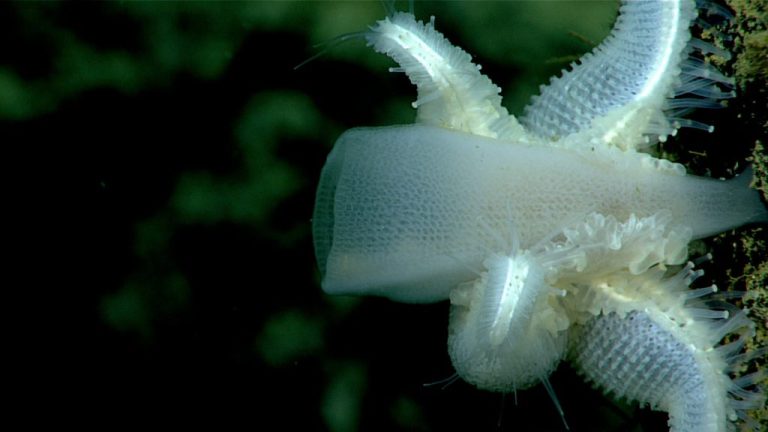Pennywort Aquarium Plant
Pennywort Aquarium Plant: A Versatile and Beautiful Addition to Your Tank
The pennywort aquarium plant** is a popular choice among aquarists for several reasons. Not only is it visually appealing, but it also offers numerous benefits to your aquatic environment. From its easy care requirements to its ability to improve water quality, the pennywort plant is a versatile addition to any aquarium. In this article, we will explore the various aspects of pennywort plants that make them a fantastic choice for both beginners and experienced hobbyists.
The Anatomy of the Pennywort Plant
Before we dive into the many benefits of incorporating pennywort into your aquarium, it’s important to understand the plant’s anatomy. Pennywort, also known by its scientific name Hydrocotyle, is a type of creeping aquatic plant that belongs to the Apiaceae family. Its leaves are round or slightly lobed, resembling small lily pads, and typically have a vibrant green color. The plant can grow both underwater and above the waterline, making it an ideal option for creating a lush underwater landscape.

Benefits of Pennywort in Your Aquarium
1. Water Filtration and Oxygenation: One of the key advantages of having pennywort in your aquarium is its ability to improve water quality. As a submerged plant, pennywort absorbs nitrates, ammonia, and other harmful substances from the water, acting as a natural filter. Additionally, the plant releases oxygen during photosynthesis, helping to oxygenate the water and create a healthier environment for your fish.
2. Algae Control: Pennywort is an excellent natural solution for controlling algae growth in your aquarium. The plant’s dense foliage provides shade and reduces the availability of light, limiting the growth of algae. By outcompeting algae for nutrients, pennywort helps to keep your tank clean and free from unsightly algae blooms.
3. Aquascape Enhancement: Pennywort plants are extremely versatile when it comes to aquascaping. Whether you prefer a lush carpet-like appearance or a floating canopy, pennywort can be easily tailored to suit your aesthetic preferences. With proper trimming and maintenance, this plant can transform your aquarium into a captivating underwater landscape.
4. Fish and Invertebrate Shelter: The dense growth of pennywort provides an ideal hiding place for small fish and invertebrates. This is particularly beneficial for shy or territorial species that require places to retreat and feel secure. The plant’s structure also serves as a nursery for breeding fish, offering protection for eggs and fry.
5. Easy Maintenance: One of the key reasons why many aquarists opt for pennywort plants is their low maintenance requirements. Pennywort is a hardy plant that can adapt to a wide range of water conditions. It thrives in both low and high-light environments and does not demand extensive care. Regular pruning to maintain its shape and prevent overgrowth is usually sufficient to keep a pennywort plant healthy.
Pennywort Plant: Placement and Care
Now that we have explored the numerous benefits of pennywort, let’s delve into the proper placement and care for this aquatic plant.
Placement: Pennywort can be placed in various parts of your aquarium, depending on your desired aesthetic and the needs of your aquatic inhabitants. You can choose to plant it directly in the substrate, allow it to float on the water surface, or attach it to driftwood or rocks using fishing line or plant weights. Experimenting with different placements will help you achieve the desired look and maximize the benefits of the plant.
Lighting: Pennywort plants are adaptable when it comes to lighting conditions. While they can thrive in bright, high-light setups, they can also tolerate moderate to low levels of light. Nevertheless, it’s still important to provide some form of light, as inadequate lighting may hinder the plant’s growth and overall health.
Water Parameters: Pennywort plants are relatively undemanding in terms of water parameters. They can tolerate a wide range of temperatures between 68°F and 84°F (20°C-29°C) and prefer a pH level in the slightly acidic to neutral range (6.0-7.5). The plant can grow in both hard and soft water conditions, but consistency is crucial for ensuring optimal growth. It’s essential to monitor and maintain stable water parameters to keep your pennywort flourishing.
Frequent Trimming: As pennywort is a fast-growing plant, regular trimming is necessary to prevent overgrowth and maintain the desired shape and density. Use sharp aquatic plant scissors or trimmers to trim the plant, ensuring clean cuts and preventing damage to the remaining foliage. By pruning regularly, you also encourage new growth and prevent the plant from overshadowing other aquatic inhabitants in your tank.
Frequently Asked Questions
Q: Can pennywort be grown in a low-tech aquarium?
A: Yes, pennywort can be grown in low-tech aquariums. It is a hardy plant that can adapt to a wide range of lighting and water conditions. However, be mindful of providing adequate lighting for the plant’s growth.
Q: Can pennywort be propagated easily?
A: Yes, pennywort is relatively easy to propagate. You can simply take stem cuttings and replant them in the substrate or allow them to float until they develop roots. Once the roots have established, you can trim the stem and replant it in your tank.
Q: Is pennywort safe for all types of aquarium fish?
A: Pennywort is generally safe for most aquarium fish. However, it’s important to research the specific needs and compatibility of your fish species, as some may have dietary or behavioral preferences that conflict with the plant.
Final Thoughts
The pennywort aquarium plant is a versatile and visually stunning addition to any aquarium. Its ability to improve water quality, control algae growth, and provide shelter for fish and invertebrates makes it a popular choice among aquarists. With its low maintenance requirements and adaptability to varying conditions, pennywort is suitable for both beginners and experienced hobbyists. By incorporating this plant into your underwater landscape, you can create a thriving environment for your aquatic inhabitants while enjoying the beauty it brings. So why not give pennywort a try and enhance the health and aesthetics of your aquarium?




